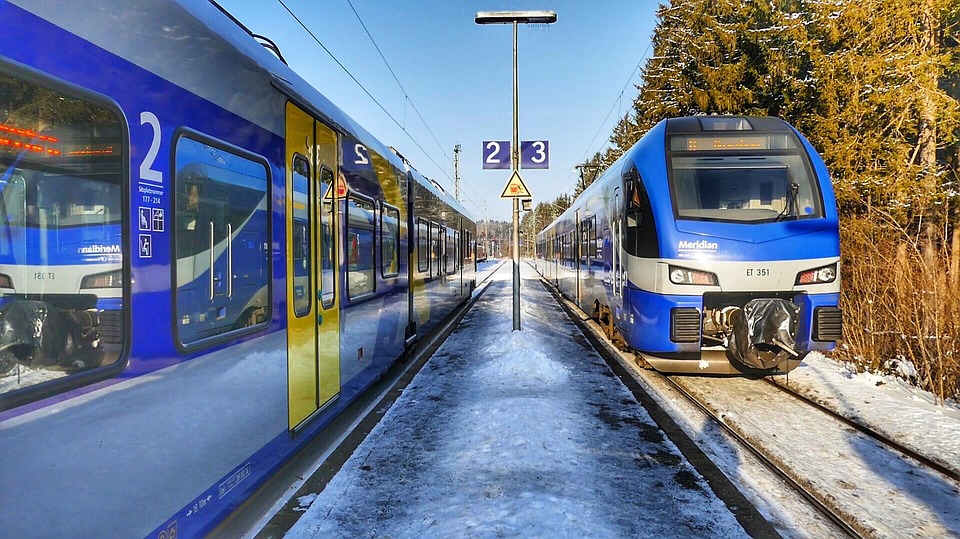tecnology
The Information Resource for Railway Systems
The Railway Technical Website is an information resource with articles about railways around the world, covering technical, operational, maintenance and financial issues.
The site is maintained by Dr. Piers Connor of PRC Rail Consulting Ltd.
We have included a wide range of subjects - systems, design, operation, planning, finance, engineering, production and maintenance. Both technical and operation aspects are covered. There's plenty of pictures and graphics and links to other relevant sites.
In the articles, we use the UK railway system as the base technology but there are also descriptions and information about other systems around the world. Articles and glossaries are provided for a range of subjects. 
What is a railway?
A railway may be defined as a high value, fixed guidance land transport system, carrying passengers and freight in purpose-built containers, using specifically designed, high power traction systems and controlled by high integrity safety systems. Railways are subject to strictly regulated safety regimes, require reliable long distance communications and specially trained staff meeting defined medical requirements, sometimes working alone in hostile environments. The costs of construction, operation and maintenance of a railway does not normally offer a commercial return on investment and therefore requires substantial government subsidy, thus bringing with it a high degree of intrusive political interference and often malevolent media reporting.
The life of railway assets is usually in the range of 20-40 years for electrical and mechanical systems and 60-120 years for fixed civil engineering infrastructure, assuming properly managed and regular maintenance. This life cycle drives a need for a long term approach to the initial system design, to the strategic management of existing systems and to the development of replacement strategies.
International Coverage
Although this site is written from the perspective of the UK based railway industry, most of the information is valid for railways internationally. Differences between UK practices and those in other countries are noted from time to time, if relevant. Much of the technology is the same, wherever it is used. What can differ from one system to another is how the technology is used, particularly for signalling and train control, and how the industry is financed and regulated.
We welcome feedback and suggestions for new subjects. Please Contact us.
Hi! I am a robot. I just upvoted you! I found similar content that readers might be interested in:
http://www.railway-technical.com/